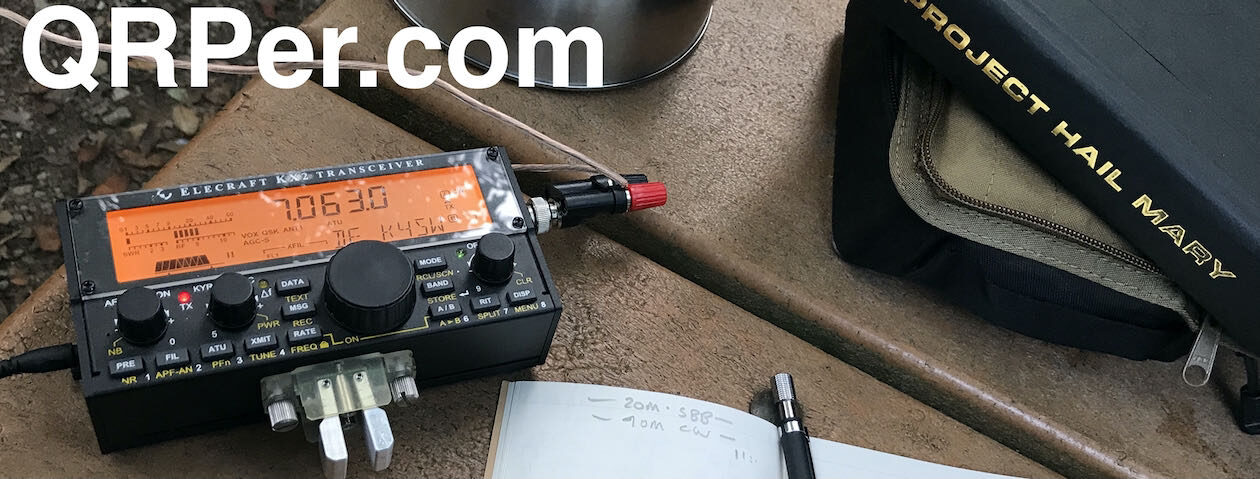By Conrad Trautmann (N2YCH)
QRPer.com is a great resource for all of us field activators. Thomas (K4SWL) posts about all kinds of nifty tools and things to help us while doing our field activations. He recently posted a story about Red Oxx bags (I think I need one), also a recent post about insect repellents, which made me wonder if he’d consider a guest post about “No Fly Zone” clothing. These are clothes made of insect repellent treated fabric. I asked, Thomas said yes, so here’s my story…
A few years ago, I decided to try and activate all of the parks in the State of Connecticut. During my quest, I was out in the parks a lot…often coming home complaining of bug bites, and covered with and smelling of Deep Woods Off bug spray. If there are 100 people in a room with me and one mosquito, it will find and bite me first. I simply attract any flying, biting insect. I’m a bug magnet. I just accepted the fact that getting bit up and dousing myself in bug spray was going to be part of my quest.
Then, my very supportive XYL, Dianne, decided to gift me two shirts from LLBean’s “No Fly Zone” collection. That was a game changer. These shirts work. Bugs hate them. The shirts are long sleeve to cover your arms with a collar that can be turned up and used to cover up your neck.

My first outing with one of these shirts was amazing. I called my wife from the park to tell her that the mosquitos were leaving me alone, except for my head. I said, “I wish these guys made a hat out of this material.”
Voilà, Dianne found me a hat, too!

The web site for Burlington Fabrics, the company who manufactures the fabric, says this:
“No Fly Zone® Insect Repellent Technology is a permethrin-based technology that converts gear and garments into long- lasting, effective, and convenient insect protection.
The main ingredient, permethrin, is a man-made, contact insecticide, structurally similar to a naturally occurring chemical derived from the dried flowers of the Crysanthemum.”
The web site claims it will remain effective for 70 washes. So far, mine are still working just fine after a few years. Seeing how effective these clothes have been, Dianne has gotten me more shirts to add to my collection, including some short and long sleeve Tee’s and even a pair of socks.
Connecticut is home to the town Lyme disease was named for and we do have ticks here. I’ve been bitten once, thankfully not by one with Lyme disease. To combat this, I wear the LLBean insect repellent socks along with Merrill Moab 3 boots to discourage them from jumping up on me. Recently, I discovered that Columbia Sportswear makes “Insect Shield” clothing, including pants. I bought a pair of their Cargo pants and they worked great paired with my LLBean socks, shirts and hat.

One nice thing about the Columbia pants is that they have an adjustable elastic drawstring at the ankle cuff that you can pull tight to keep critters out. Insect Shield’s home page says that their fabric is also treated with permethrin. On a recent POTA outing on our way to the Dayton Hamvention, I was completely left alone by the hoards of flying insects at US-1815, Little Beaver State Park in West Virginia. No bug spray necessary.

Activated all Connecticut Parks
Thanks to my wonderful and supportive XYL who supports my hobby (and probably enjoys the peace and quiet when I’m off doing POTA), I did finally get to and activate all 150 parks here in Connecticut, most of them while wearing my No Fly Zone shirts and hat. They really work and I recommend them for a bug free activation.











































































